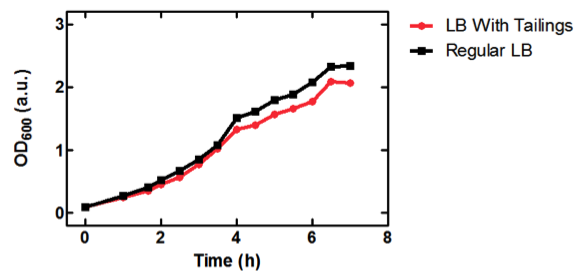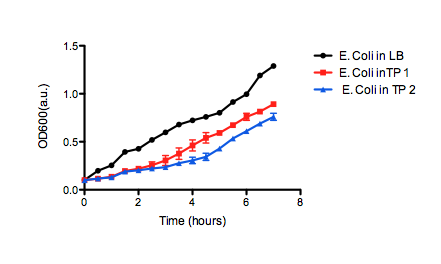Team:Lethbridge/Attributions
From 2011.igem.org
(→Dr. A. William Smith) |
Liszabruder (Talk | contribs) (→Mr. Doug Bray) |
||
| (7 intermediate revisions not shown) | |||
| Line 54: | Line 54: | ||
The Department of New Media at the University of Lethbridge – For his assistance, knowledge, leadership and hard work, in the Biospirits film project. | The Department of New Media at the University of Lethbridge – For his assistance, knowledge, leadership and hard work, in the Biospirits film project. | ||
| - | Others involved in | + | ===Mr. Doug Bray=== |
| + | The Faculty of Arts and Science at the University of Lethbridge – For his training and guidance of team members in the use of transmission electron microscopy and scanning electron microscopy. | ||
| + | |||
| + | ===Dr. Marc Roussel=== | ||
| + | The Department of Chemistry and Biochemistry at the University of Lethbridge – For his assistance with protein modeling. | ||
| + | |||
| + | ===Mr. David Lain Huston and the Arnott Labs=== | ||
| + | The Institute of Cellular, Molecular, and Systems biology in Glasgow – For sending the team genes from the Xylene degradation pathway. | ||
| + | |||
| + | ===Others involved in bioSpirits film=== | ||
Members of the academic instructional community: | Members of the academic instructional community: | ||
| - | * Dennis | + | * Dennis Connolly [Math] |
* James Graham [New Media] | * James Graham [New Media] | ||
| Line 64: | Line 73: | ||
* Zsuzsi Papp | * Zsuzsi Papp | ||
* Jane Collin | * Jane Collin | ||
| - | * | + | * J.P. Pehl |
* Colin McKague. | * Colin McKague. | ||
| - | |||
Community members: | Community members: | ||
| Line 76: | Line 84: | ||
* Neal Alho | * Neal Alho | ||
* Dan Lewis | * Dan Lewis | ||
| - | * Ruth | + | * Ruth Connolly |
* Patricia MacNally | * Patricia MacNally | ||
| - | |||
| - | |||
| - | |||
| - | |||
| - | |||
| - | |||
| - | |||
| - | |||
| - | |||
===Wet Lab Work=== | ===Wet Lab Work=== | ||
Latest revision as of 00:47, 29 October 2011
|
|
|
|---|
 "
"














